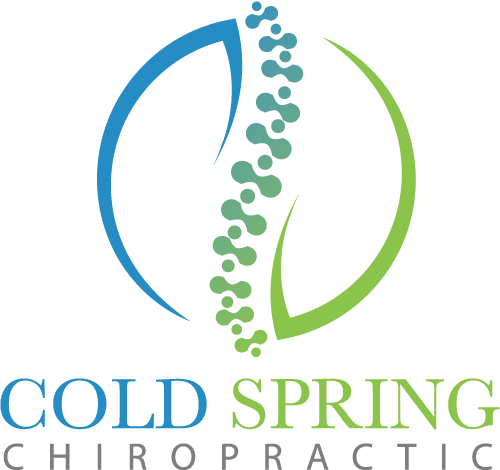What causes low back pain?
Posted on November 19, 2012 In today’s world so many people suffer from lower back pain. Millions of dollars are spent annually in diagnosing and treating lower back pain. There are many different causes of lower back pain including: traumatic origin, genetic predisposition, structural imbalances and environmental factors, to name a few. Lower back conditions are treated many different ways. They are treated with over the counter remedies, anti-inflammatories, physical therapy, chiropractic care, steroids and in some cases surgery. Many times these treatments focus on the affects rather then the cause of the problem. Analyzing the cause of the problem is essential in being able to successfully correct the condition.
In today’s world so many people suffer from lower back pain. Millions of dollars are spent annually in diagnosing and treating lower back pain. There are many different causes of lower back pain including: traumatic origin, genetic predisposition, structural imbalances and environmental factors, to name a few. Lower back conditions are treated many different ways. They are treated with over the counter remedies, anti-inflammatories, physical therapy, chiropractic care, steroids and in some cases surgery. Many times these treatments focus on the affects rather then the cause of the problem. Analyzing the cause of the problem is essential in being able to successfully correct the condition.
All moveable parts below the lower back area need to be properly checked starting with the feet, knees and hips. All associated soft tissue components also need to be addressed. There are two soft tissue techniques that can be utilized to examine these areas, Active Release Technique and Graston Technique. Starting with feet, ankle stability and flexibility have to be examined. Lack of stability and flexibility can lead to an unstable foundation and cause compensations in the pelvic and lumbar regions. With ART and Graston techniques the associated soft tissue can be treated to remove scar tissue and adhesions and restore proper function. As you move up the leg and knee the calf muscles should be check for imbalance and lack of integrity.
An improper gait caused by a muscle not functioning properly can cause imbalances in the low back.
Concerning the knee much can go wrong in this area. Many soft tissue components anchor into or around the knee. All areas need to be examined. A tight ilio-tibial band for example can cause lower back problems. Restoring function to the area will correct the cause of the low back condition. There are many soft tissue areas that need to be checked such as the hamstrings, adductor, abductor, hip flexors and extenders. The knee itself should be addressed, checking to see if the meniscus is tracking and all ligaments are intact. These areas can be treated successfully with ART and Graston technique.
Discussing working conditions and recreational activities with the patient to make sure there no factors creating a repetitive stress on an area is also to be consider so that once the soft tissue area is treated successfully the problem does not reoccur.
So many times a low back condition is treated, the pain subsides but eventually reoccurs. If the true cause is properly identified when it is an area besides the low back itself, the condition can then be corrected.

